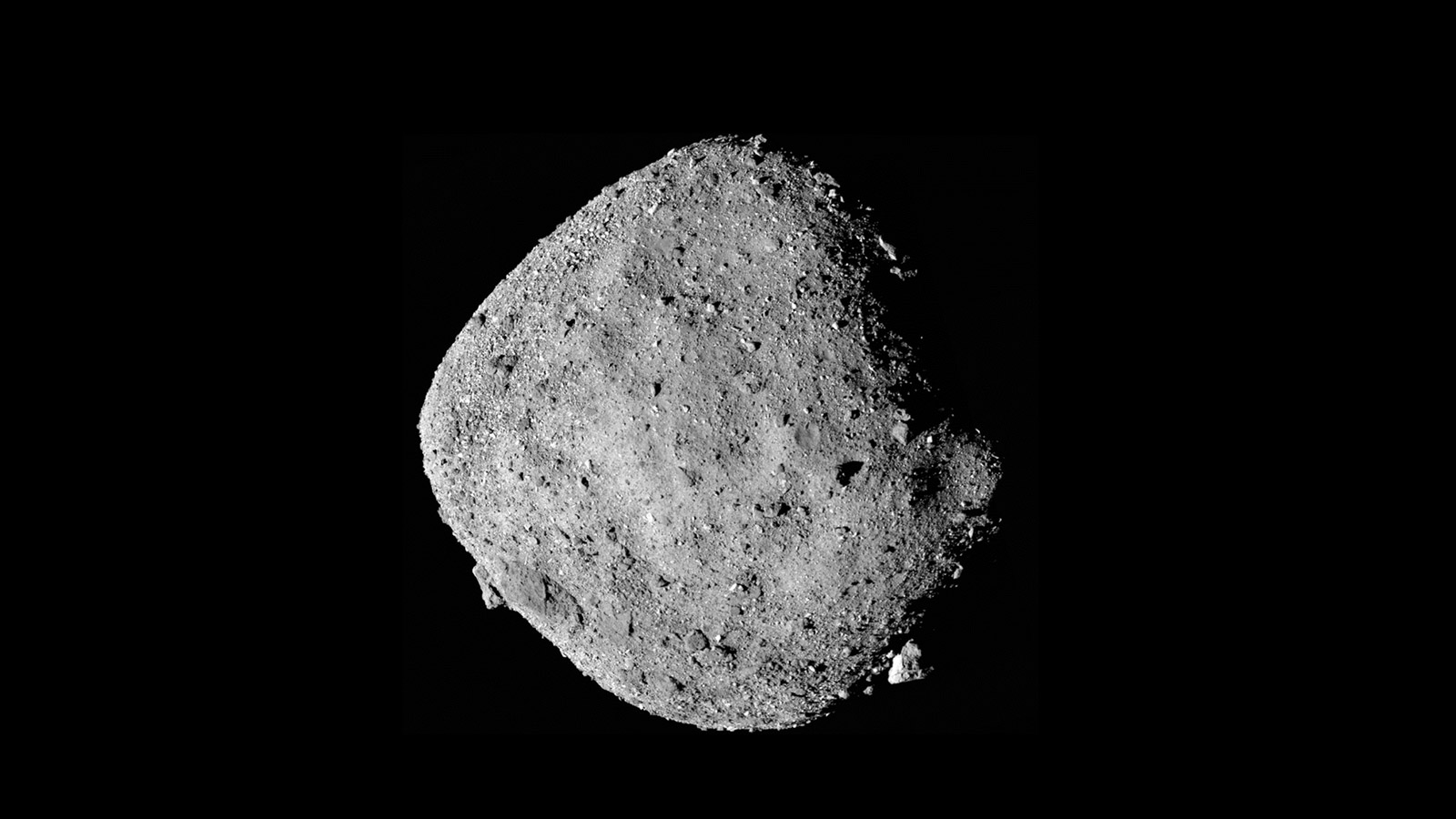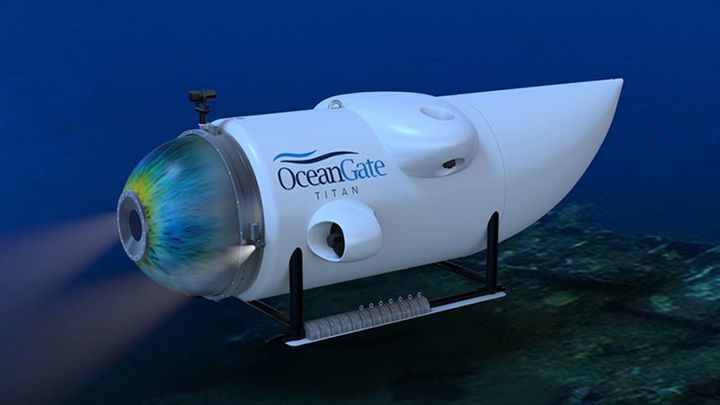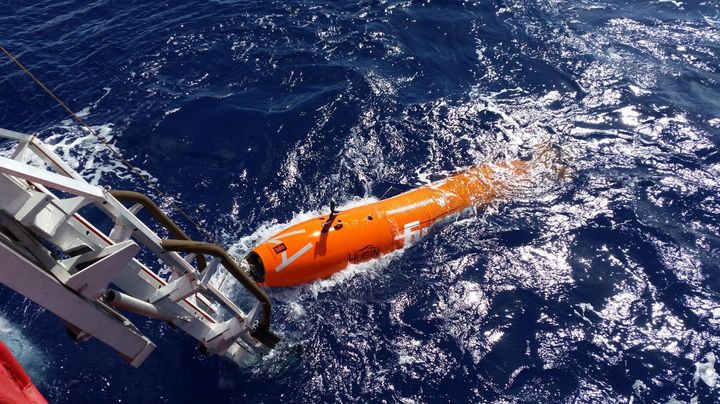NASA Prepares for OSIRIS-REx's Return by Transporting a Mock Asteroid Sample
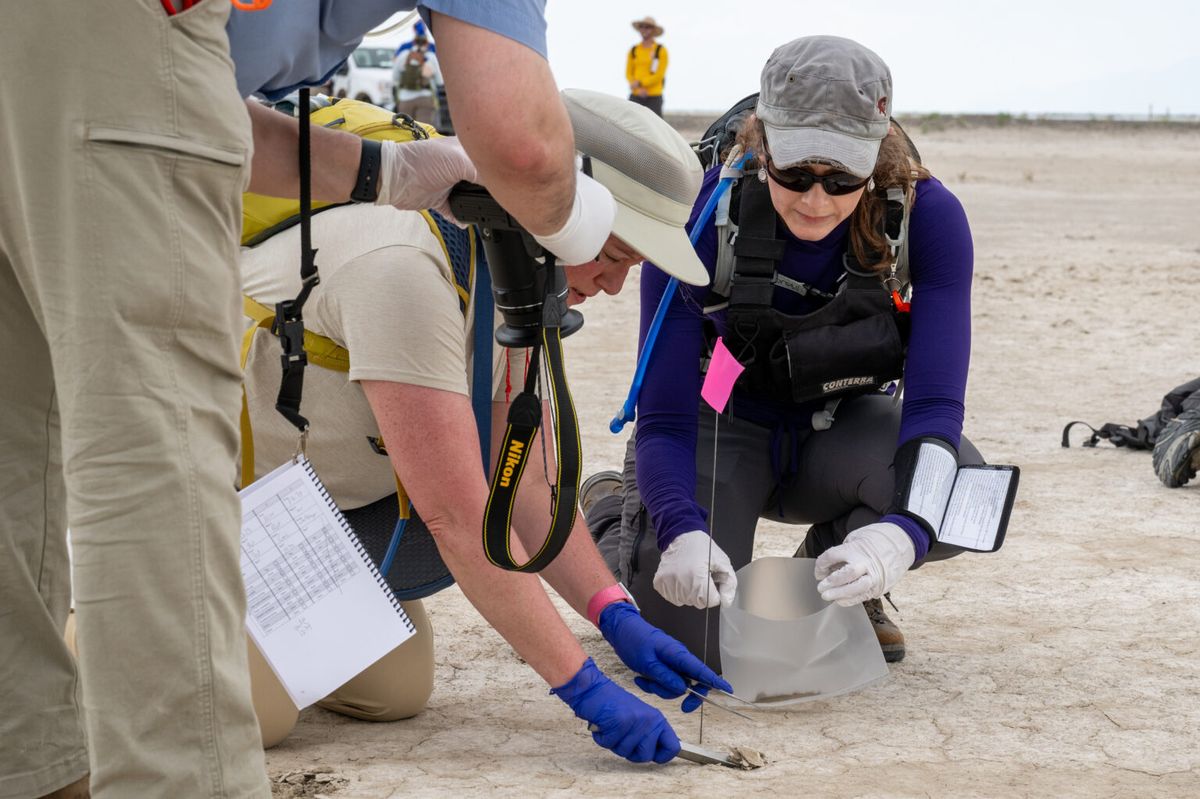
As the first American spacecraft to bring a sample from an asteroid back to Earth, NASA's OSIRIS-REx mission is about to make history. In October 2020, the spacecraft took a sample from the asteroid Bennu, which is now returning to Earth. On September 24, 2023, the sample capsule is anticipated to land in the Utah desert before being recovered and taken to a lab for examination.
To ensure a smooth and secure delivery, NASA has been practicing the recovery procedures with a mock capsule before the arrival of the actual capsule. The OSIRIS-REx team practiced the most realistically from July 18 to July 20 at the Utah Test and Training Range of the Department of Defense, about 80 miles (130 kilometres) southwest of Salt Lake City. It is the same spot—within a 37-mile by 9-mile ellipse—where the capsule will touch down (59 km by 15 km).
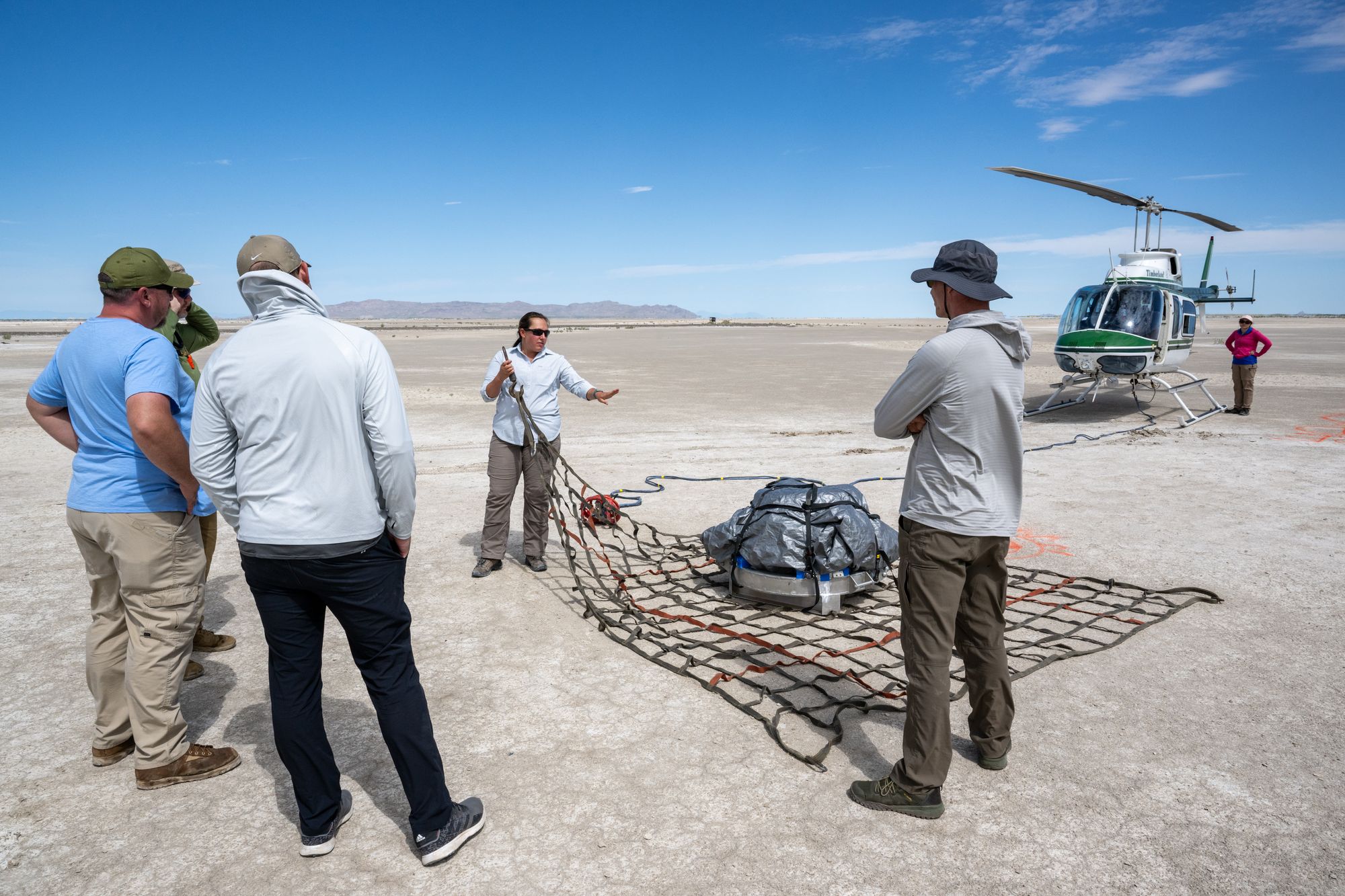
In practice, soil samples from the desert were collected and put in a mock capsule that resembled the one that contained the asteroid sample. The team then prepared the mock capsule for a helicopter ride to deliver to a temporary clean room on the job site. The team practiced unpacking and processing the sample in the clean room before a helicopter picked up the mock capsule and transported it there.
The asteroid sample must be recovered to preserve its integrity and purity because it may hold information about how life came to be on Earth and how our solar system formed. The sample must be protected from contaminating substances that could diminish its scientific value. The team must act swiftly and meticulously to retrieve the capsule and deliver it to a secure location.
A ground-breaking accomplishment for NASA and planetary science is the OSIRIS-REx mission. After Japan's Hayabusa mission, it is only the second mission in history to gather a sample from an asteroid and bring it back to Earth. Launched in September 2016, OSIRIS-REx reached Bennu in December 2018. It studied and mapped the asteroid for two years before attempting a risky "touch-and-go" maneuver to collect a sample from its surface.
The near-Earth asteroid Bennu orbits the Sun every 1.2 years and is about 1,600 feet (500 meters) across. With a slight chance of hitting Earth in the late 22nd century, it is one of the asteroids with the highest potential for harm. Due to its ancient origins, which date to the early stages of the solar system's formation, it is also one of the oldest and most primitive asteroids. Scientists hope to learn more about how asteroids like Bennu may have transported organic molecules and water to Earth billions of years ago by examining their samples.
The OSIRIS-REx team has spent years preparing for this historic occasion by practicing each step of the mission and overcoming challenges. Until the start of the countdown, the team will keep putting their procedures through practice and improvement. A new era of exploration will begin when the sample capsule finally touches down on Earth, capping an epic journey.
Sources:
